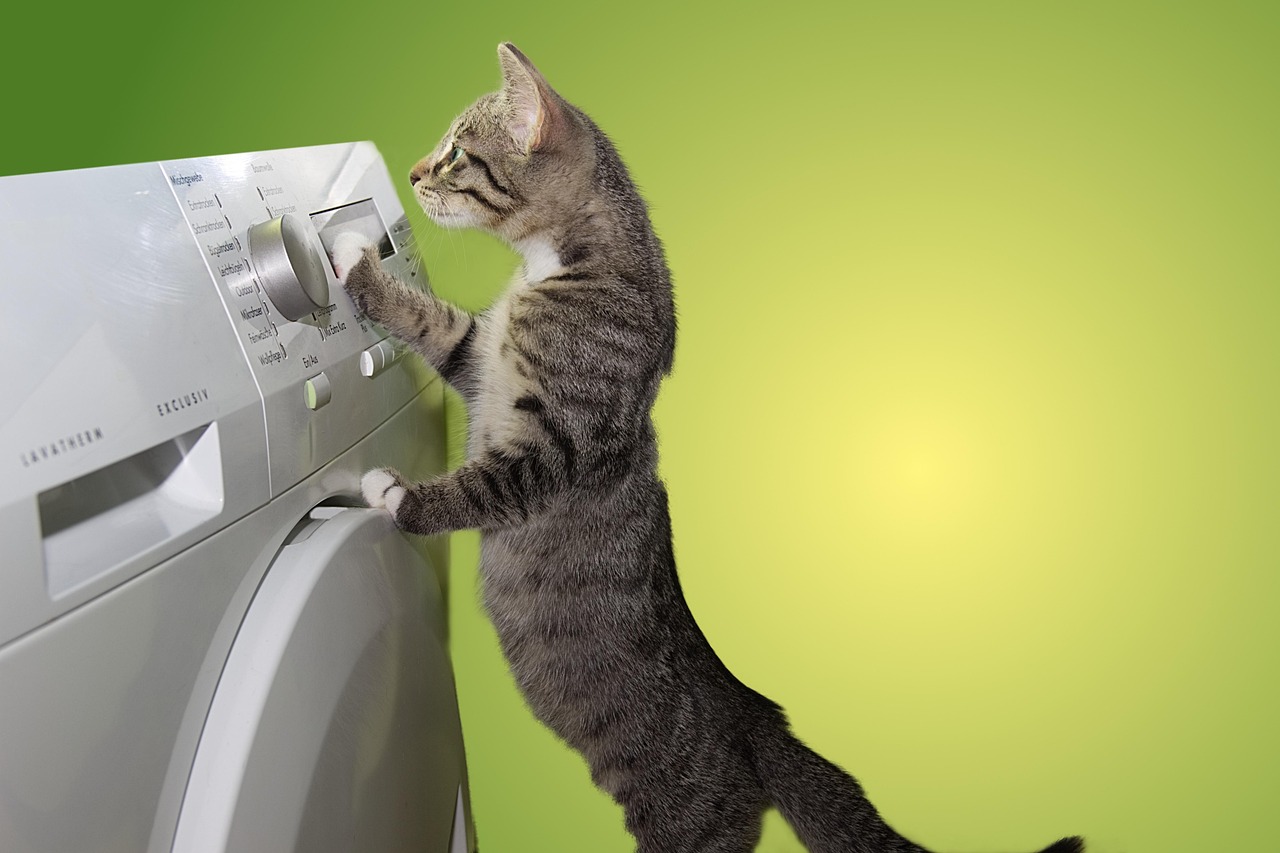If your Bosch refrigerator is not making ice, there are several possible causes and solutions to consider:
- Check the water supply:
- Ensure that the water supply line to the refrigerator is turned on and functioning properly. Check the water valve behind the refrigerator or under the sink to make sure it is fully open.
- Inspect the water filter and replace it if it’s clogged or due for replacement. Refer to your refrigerator’s manual for instructions on replacing the water filter.
- Inspect the ice maker:
- Check if the ice maker is turned on. Look for a power switch or control setting on the ice maker and make sure it’s activated.
- Ensure that the ice maker is properly aligned and seated correctly in its housing. Gently adjust it if needed.
- Check the ice maker bail arm. It should be in the down position to activate ice production. If it’s raised or stuck, gently lower it to initiate ice making.
- Check the freezer temperature:
- The freezer temperature should be set between 0°F and 8°F (-18°C and -13°C) for optimal ice production. Adjust the temperature settings if necessary.
- Make sure the freezer is cold enough by placing a thermometer inside and checking the temperature after a few hours.
- Inspect the water inlet valve:
- The water inlet valve supplies water to the ice maker. If it’s defective or clogged, it may prevent water from reaching the ice maker.
- Locate the water inlet valve, usually found near the water supply line connection, and check if it’s receiving power and operating correctly. Consider replacing it if it’s faulty.
- Reset the ice maker:
- Sometimes, resetting the ice maker can resolve the issue. Unplug the refrigerator or turn off the circuit breaker for a few minutes, then plug it back in or turn the breaker back on. Wait for the ice maker to reset and initiate ice production.
- Check for frozen water lines:
- If the water supply line or the ice maker’s water inlet is frozen, it can restrict water flow. Inspect the water lines and thaw them if necessary by turning off the refrigerator’s power and using a hairdryer on low setting.
- Inspect the ice maker mold and heater:
- The ice maker mold should fill with water and gradually freeze to form ice cubes. If the mold is damaged or the heating element responsible for ejecting the ice is faulty, it can affect ice production. Consider replacing the ice maker if these components are defective.
- Check for obstructions:
- Inspect the ice maker assembly for any debris or ice cubes that might be obstructing the mechanism. Remove any blockages or ice build-up.
- Consult the user manual or contact Bosch support:
- Refer to the refrigerator’s user manual for troubleshooting tips specific to your Bosch model.
- If none of the above solutions resolve the issue, contact Bosch customer support or schedule a service appointment with a qualified technician to diagnose and repair the ice maker.
Remember to always follow safety precautions when working with electrical appliances and consult the manufacturer’s guidelines for specific instructions related to your Bosch refrigerator model.







